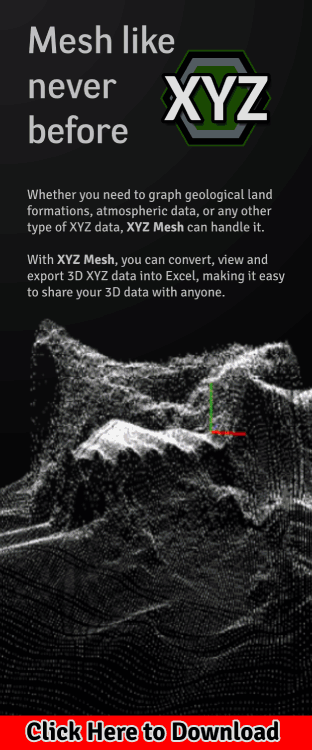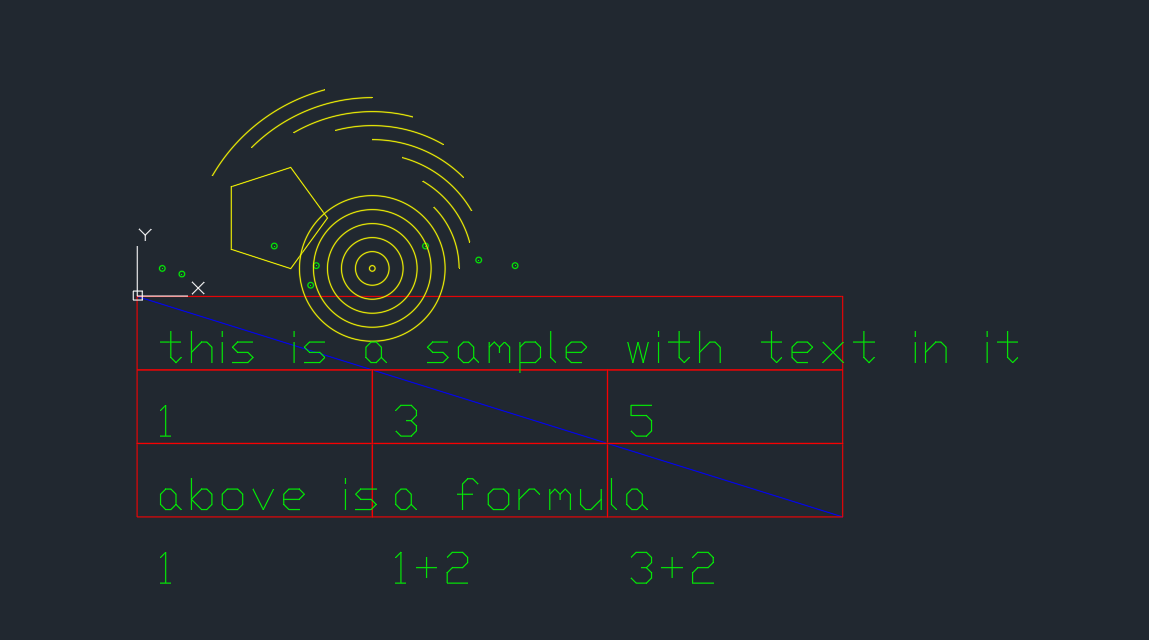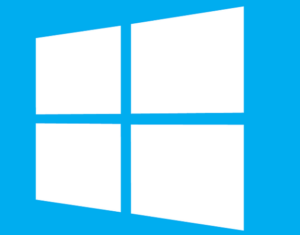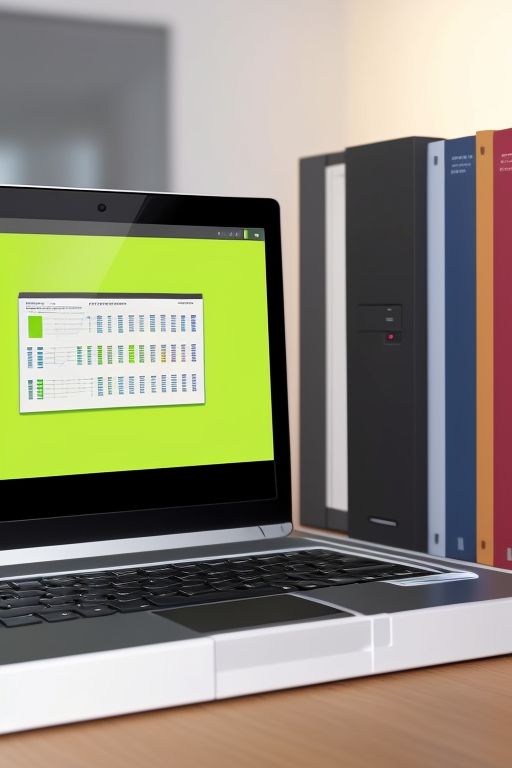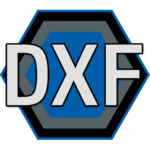Exploring the Future of Cloud Computing: Uncovering Trends and Innovations
 Exploring the Future of Cloud Computing: Uncovering Trends and Innovations
Exploring the Future of Cloud Computing: Uncovering Trends and Innovations
In the ever-evolving realm of technology, the Future of Cloud Computing emerges as a pivotal force, reshaping the rules of the game. Let’s delve into the core trends steering this evolution: serverless architecture, multi-cloud strategies, and the flourishing realm of cloud-native technologies.
Although, before we get started, I would like to say that there are several issues with Cloud Based Services that you need to be aware of. We have this covered indepth in a blog post here, but the short version is that when you upload your files into a cloud, it is still being stored somewhere. The difference between you having a server and using the cloud is your files is being stored on someone else’s server. Basically, when you upload your stuff to a server, technically, someone else has access, and controls access, to your files.
Just keep that in mind.
Trend 1: Serverless Architecture – A Paradigm Shift in Computing
Serverless architecture isn’t just a buzzword; it’s a transformative approach liberating businesses from the hassles of server management. In simpler terms, it’s akin to having your digital assets stored in a cloud-based service, such as Google Drive or AWS Lambda, rather than on a physical hard drive. The concept centers around relinquishing infrastructure concerns, allowing developers to focus solely on coding.
Statistics from a recent Forrester report predict a staggering 75% surge in serverless adoption over the next two years.
Leading the pack are industry giants like AWS Lambda and Azure Functions, offering unprecedented scalability and cost-efficiency. This shift isn’t merely a trend; it’s a fundamental reimagination of how we conceive and utilize computing resources.
Not to say that you can’t get good mileage from services like Google. Google is by far the biggest name in the business and still offers great services. In fact, if you use Google already for file sharing, you might be interested in G-Drive Linker (you know I had to slide this in there somewhere).
G-Drive Linker is a product that we developed to create direct download links for your Google Drive Files, Folders, Docs, Sheets, PDFs, Videos, Slides, Presentations and pretty much anything you can think of. There is a paid for version with more features, but the free version is far more reliable and offers more secure data generation than other online options.
Trend 2: Multi-Cloud Strategies – Beyond Vendor Lock-In
The era of single-cloud reliance is fading, making room for the vivid horizon of multi-cloud strategies. Organizations are increasingly opting for a diverse cloud portfolio to avoid vendor lock-in, ensuring flexibility and strategic control over their digital infrastructure.
A recent Gartner forecast anticipates a 31% growth in global public cloud revenue in 2022, driven by the surge in multi-cloud adoption.
Embrace this trend by orchestrating services from AWS, Azure, and Google Cloud, creating a harmonized ecosystem tailored to your specific business needs. It’s a shift from dependence to empowerment, offering businesses unparalleled freedom and choice.
 Trend 3: Cloud-Native Technologies – Forging a New Digital Frontier
Trend 3: Cloud-Native Technologies – Forging a New Digital Frontier
Cloud-native technologies are not just about residing in the cloud; they’re about thriving in it. Applications built with a cloud-native mindset are tailored specifically for cloud environments, providing a foundation for unprecedented speed, resilience, and innovation.
The Cloud Native Computing Foundation (CNCF) reports a remarkable 50% surge in cloud-native adoption within the last year.
At the heart of this evolution is Kubernetes, the undisputed leader in cloud-native orchestration. It forms the backbone of containerized applications, allowing businesses to embrace a modular, scalable, and agile approach to development.
Conclusion: Navigating the Cloud with Purpose
In conclusion, the Future of Cloud Computing is not a distant utopia; it’s a tangible evolution reshaping the technological landscape. Serverless architectures, multi-cloud strategies, and cloud-native technologies are not standalone trends; they represent a collective shift towards efficiency, flexibility, and innovation.
As businesses navigate this transformative journey, the key is not just to adopt these trends but to integrate them strategically, aligning with the unique goals and demands of each enterprise. The cloud is not merely a destination; it’s a dynamic, ever-expanding frontier waiting to be explored with purpose and precision.
 #CloudInnovation
#CloudInnovation
#TechTrends2023
#ServerlessRevolution
#MultiCloudStrategies
#FutureTechNow
#KubernetesInsights
#DigitalTransformation
#BusinessTechSolutions
#CloudNativeRevolution
#InnovateWithCloud


